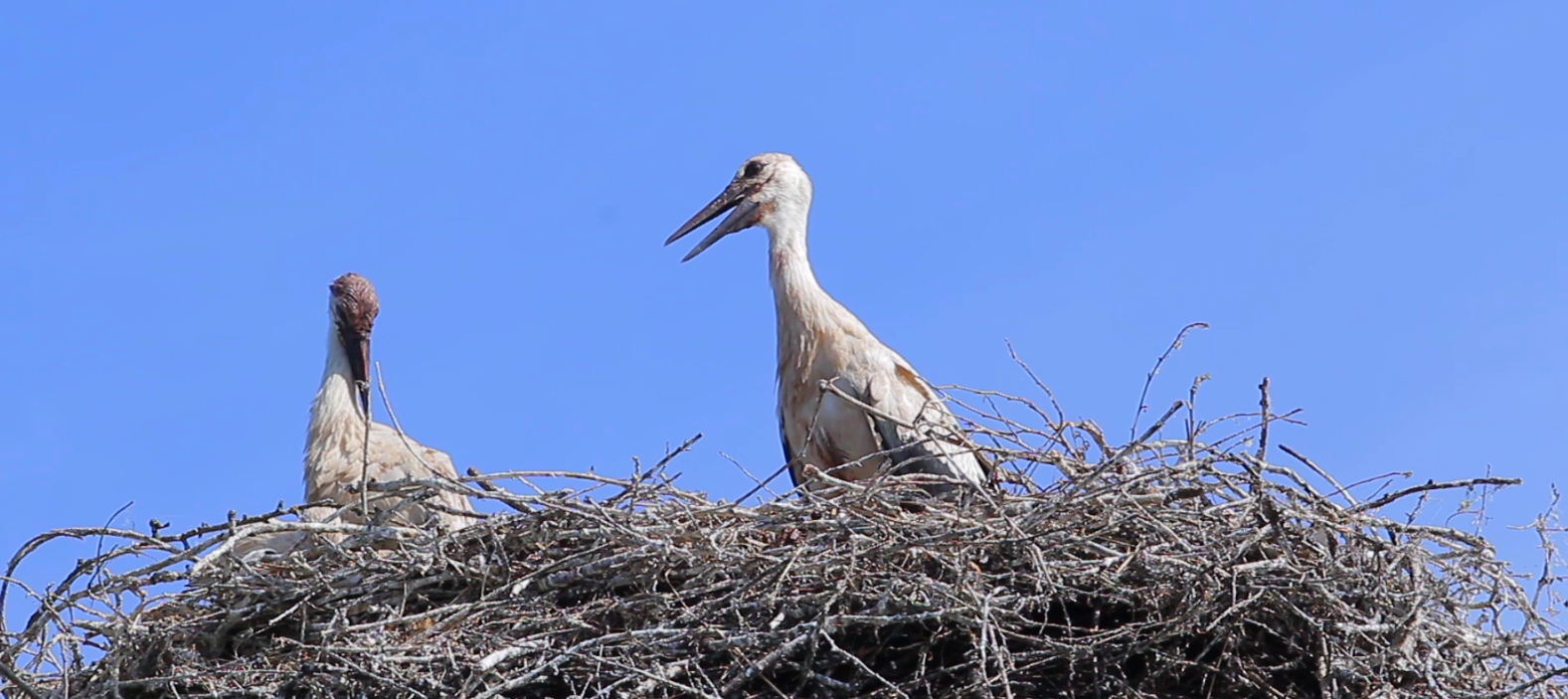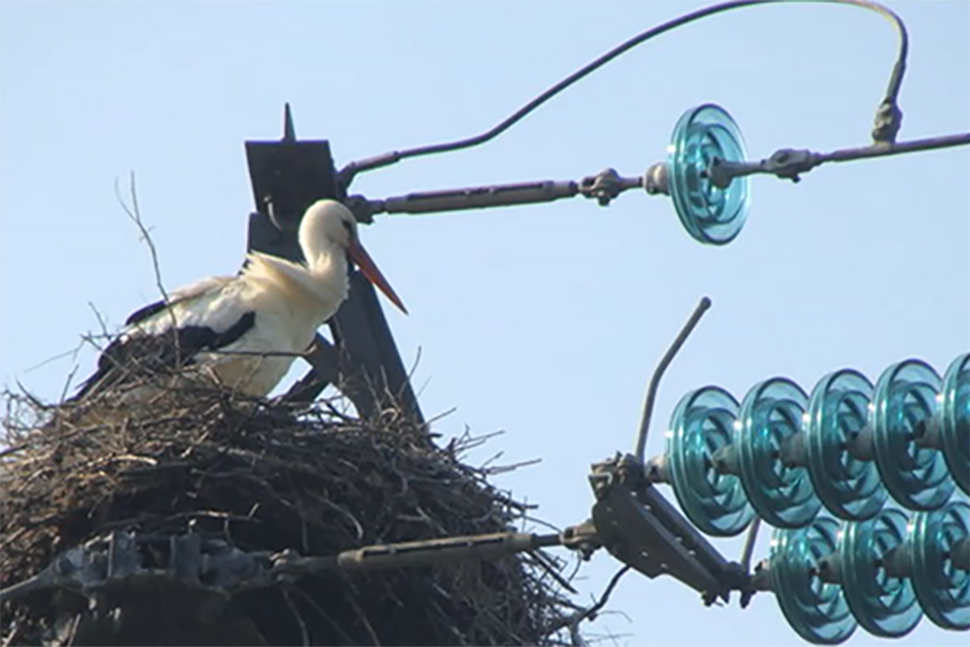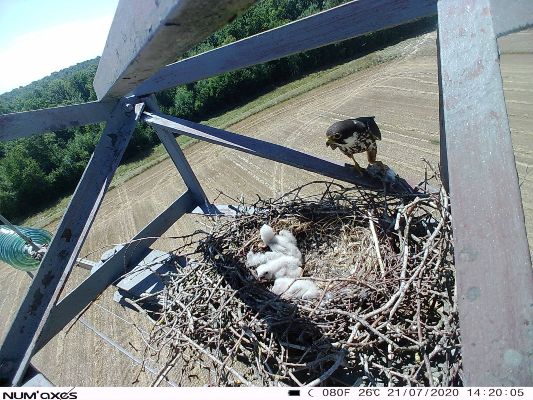Episode 10 – Omexom Green Story: Providing safe nesting spots for birds

In line with one of the three key areas of VINCI’s environmental ambition: Preserving natural environments, the Omexom business unit Omexom Nîmes LA has been taking important steps to protect birds in its territory of intervention.
Raising storks: Breeding platform for endangered species
White storks are protected in France. In the 1970s, the species was nearing extinction; according to the Ligue de Protection des Oiseaux (LPO), the largest French nature conservation NGO, only 11 couples were nesting in the country in 1974.
While the white stork population has been constantly growing since and is currently estimated at 5,000 couples in France, protective measures remain essential to ensure their survival.
Among hunting and droughts in their wintering territories, electrocution is one of the causes of deaths cited by the LPO as affecting the adult stork population’s survival rates.
As many other species, white storks use electrical distribution poles as nesting spots. The man-made structures keep storks safe from many predators, but the size and large wingspan of these birds make them particularly vulnerable to the dangers of electrocution.
While many solutions implemented by network operators consist in deterring birds from nesting on power infrastructures, these measures further reduce available nesting places.
The challenge for the Omexom teams therefore consisted in creating a solution that still allows the storks to nest on the poles, to cause the less disturbance as possible, but keep them away from the live cables to avoid death risks.
Video: Providing safe nesting spots for birds

To provide a safe nesting space, Omexom in Nîmes is integrating specially designed nesting structures when replacing power poles in stork territory, such as the Garonne region, which is located on the migration path used by storks.
When a power pole is replaced, the team carefully takes down the nest, placing all elements in a basket.
Keeping the storks at a safe distance from the powerline, the team then manually rebuilds the nest on the platform, spring by spring, making sure the storks will feel right at home after the intervention is completed.
Baby monitors for falcon fledglings
Another protected bird species Omexom Nîmes has taken under their wings are kestrels. Belonging to the falcon family, these migratory birds breed in April or May after spending the winters in warmer climate.
Some of the local kestrels chose to raise their offspring on the poles of powerlines that Omexom Nîmes was replacing for client EDF. By installing surveillance cameras, the type used by hunters, the Omexom team was able to monitor the progress of the breeding and to adapt the work schedule to not disturb them until the fledglings spread their wings.
From the moment they took flight and left the nest, we could intervene without disturbing the life cycle of the falcon.
Julien Villequey
Business Unit Manager Omexom in Nimes

“From the moment they took flight and left the nest, we could intervene without disturbing the life cycle of the falcon,” said Julien Villequey, Business Unit Manager Omexom in Nîmes. “And from there, we were able to intervene on the site, all while preserving the local environmental wealth.”
While the wildlife cameras for the monitoring of kestrels were specifically used to execute one project, it is easily replicable on other job sites and for different species. Meanwhile, nesting platforms for storks are becoming a common practice: roughly 100 stork nests have been saved and rebuilt by the Omexom teams in the last five years.
